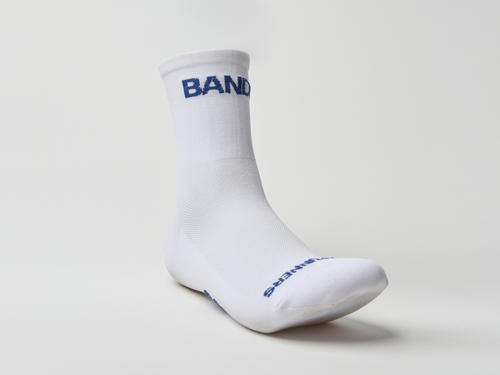Week 7: Understand Your Paces
Athletes,
When it comes to maximizing your training and ensuring you're approaching race day with confidence, nothing is more important than having a deep relationship with your individual pace chart based on your goal race pace.
Though, be aware that pace is so much more than your average per mile pace over the course of your race. Your suggested paces will help you discover every “feeling” from your easy running pace to your mile pace, and faster. Use the suggested paces as guidelines throughout training, use them to inform the progression of your workouts, and use them ease of your long runs and recovery runs.
Understand that weather, mood, hangovers, travel, illness, etc. can have an impact on how you're feeling and how effortful certain paces feel on certain days. While pace is an important factor in training, it should always come second to the perceived effort of each workout. Track your paces, specifically on your interval days and long run days, and with a little intention you’ll notice a natural progression—striking the balance between your perceived effort and the pace you're actually running, which will ultimately help get you more and more comfortable for race day.
SPORTS PSYCHOLOGY
Put It To The Test
Remember that principle from week 4 - “Focusing on execution will help you win”?
Let’s put that to the test. In running we tend to measure our progress only in numbers: run distance, weekly mileage, pace, workout splits, number of reps. By only focusing on these stats, we forget that so much progress happens that is not measurable: personal growth, confidence, improved consistency in habits, more fun in training etc.
This week try to measure progress in all the other areas:
Reflection prompt:
- How do you know that it's going well without looking at your mileage, number of runs or reps, hours of training, your pace or your workout splits?
Guidance by Mari Dottschadis M.S.c.
NUTRITION
Refine Energy Strategies for Specific Paces
Now that you have a better understanding of your training paces, adjust your nutrition to reflect the varied energy needs. Use lighter, carbohydrate-focused snacks before faster-paced workouts, and ensure more balanced meals for recovery days. Experiment with different food types and timings to find the ideal combination that supports both speed and endurance. Tracking your responses will help you fine-tune your approach. A well-adapted nutrition strategy is key to sustaining performance as you refine your paces.
RECOVERY
Match Recovery to Pace Demands
Tailor your recovery techniques based on the pace of your workouts. For high-speed sessions, integrate active cooldowns like brisk walking or dynamic stretching to clear metabolic byproducts. For slower-paced or recovery runs, allow more time for passive recovery with deep stretching and relaxation techniques. Listen to your body’s signals to determine which recovery methods best alleviate the specific stresses of each pace. This understanding will help you maintain balance and optimize your training outcomes.








